Don’t Wait: Understanding Relative Energy Deficiency in Sport (RED-S) and Low Energy Availability (LEA)

By Kate Cochran, Nutrition Intern, NYU Track and Field
When I first learned about low energy availability (LEA) and relative energy deficiency in sport (RED-S) at twenty-one, I was four years deep into my distance running journey. It was while reading “How She Did It” by renowned female distance athletes Molly Huddle and Sara Slattery, both esteemed Olympians themselves, where I first learned about the syndrome. It was something I wish I knew when I began running at sixteen. I firmly believe it’s essential for every female athlete to familiarize themselves with RED-S early on, considering its potential impact on their athletic path.
Conversations with Rachel Kaplan, Division 1 College Gymnast

I had the opportunity to watch the Olympic gymnastics with my niece, Rachel Kaplan, a Division 1 gymnast and uneven bar specialist. Here are some key excerpts from our conversation that can be valuable for anyone looking to compete in college, especially females in body image-focused sports:
Optimizing Performance: Nutrition Strategies for a Soccer Game
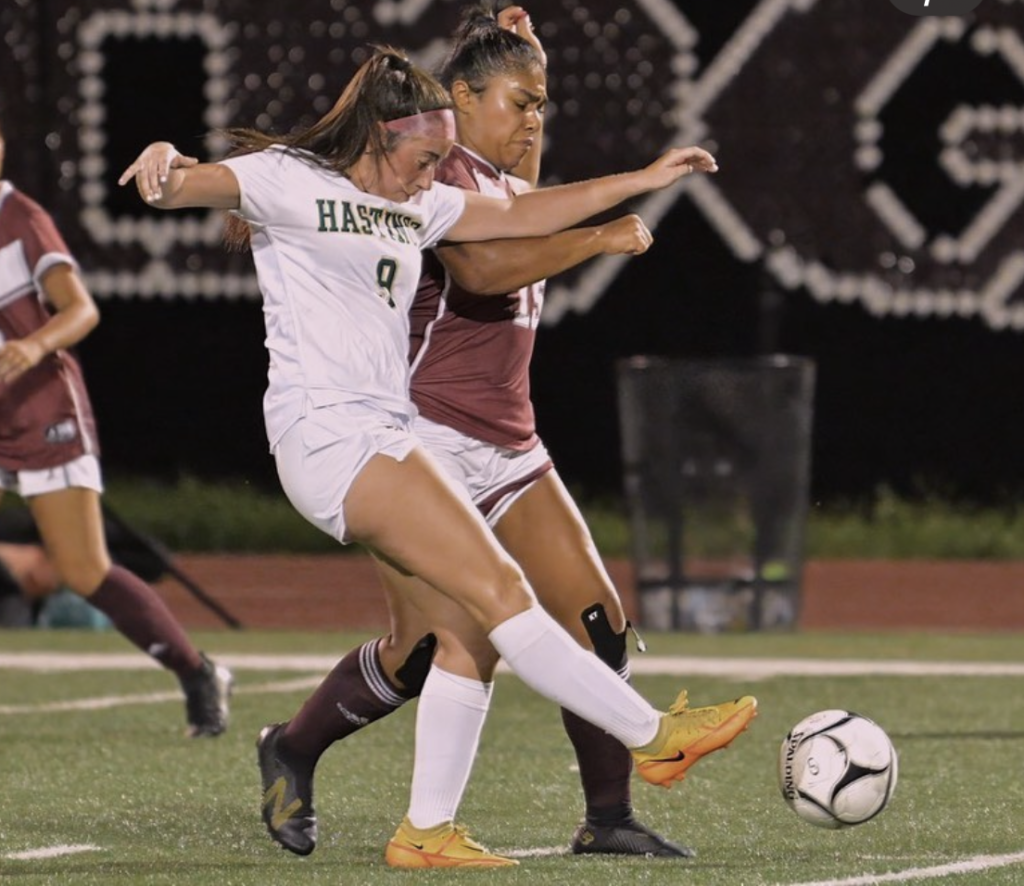
Soccer is an endurance sport that requires a steady supply of nutrients. Optimizing energy levels and performance involves special attention to fueling strategies before, during and after training and competing. In order to keep up with high energy and fluid requirements, special attention needs to focus on practices, games and tournaments.
INJURY PREVENTION FOR MARATHON RUNNERS

Brendan Martin, physical therapist and elite runner discusses important tips to prevent injuries at the start of marathon training.
Fuel up: Power-Packed Meal Ideas for Athletes
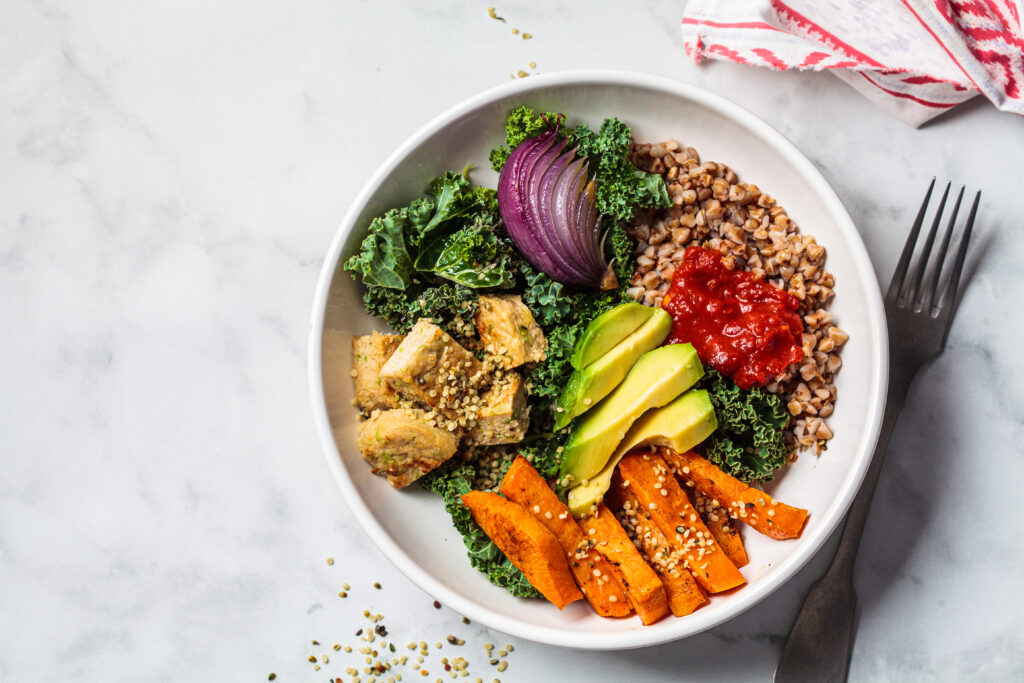
My favorite meals for athletes! Refuel your energy with this list below.
Refueling After a Workout When You’re Not Hungry
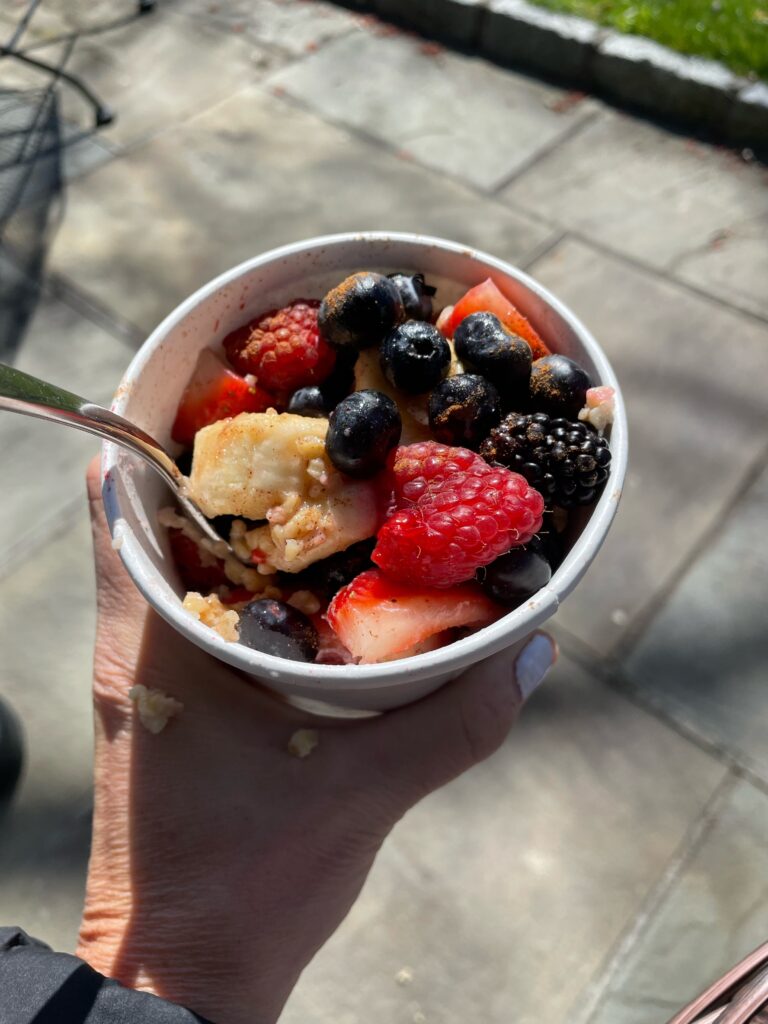
Eating after a workout is important to optimize recovery, performance and overall health. Eating within one hour after a workout enhances recovery. This period of time is known as the glycogen window, during which nutrients are maximally absorbed into the body. Over the next 6-12 hours, absorption will continue, but at a slower rate. Consuming carbohydrates within the first hour after a workout aids in glycogen repletion while protein prevents further muscle breakdown.
Fast track recovery: How to eat when you’re injured
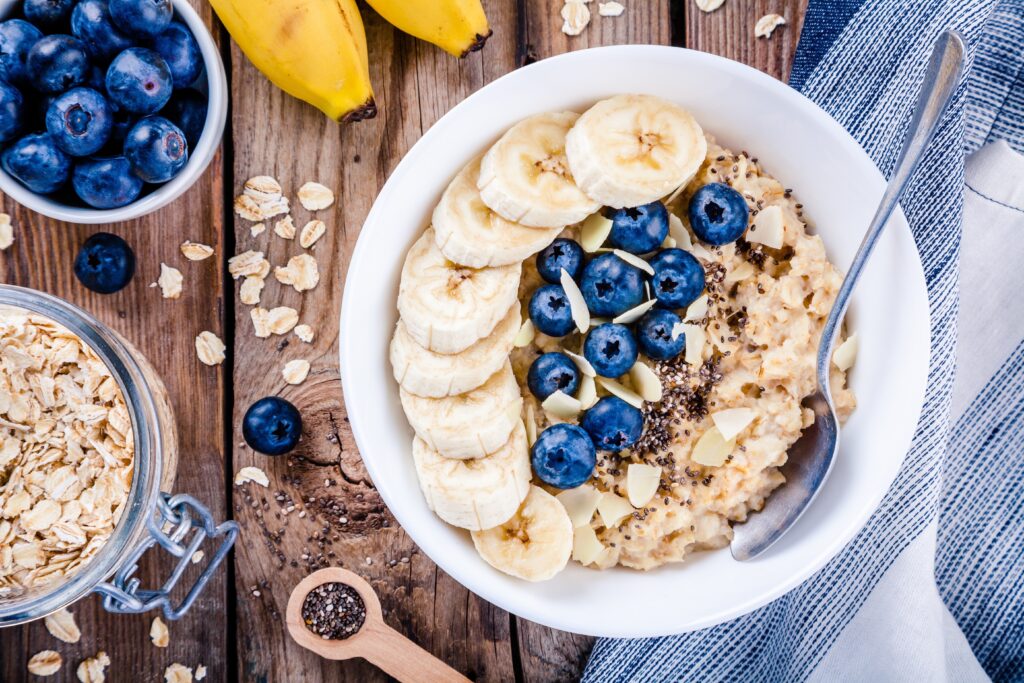
If you’re an athlete dealing with an injury, adjusting your diet can aid in recovery and overall health. The best nutrition to support healing from soft tissue injuries like pulled muscles, strained tendons or damaged cartilage will differ from the best nutrition for hard tissue injuries like fractured or broken bones.
Best Protein Bars, according to a Sports Dietitian
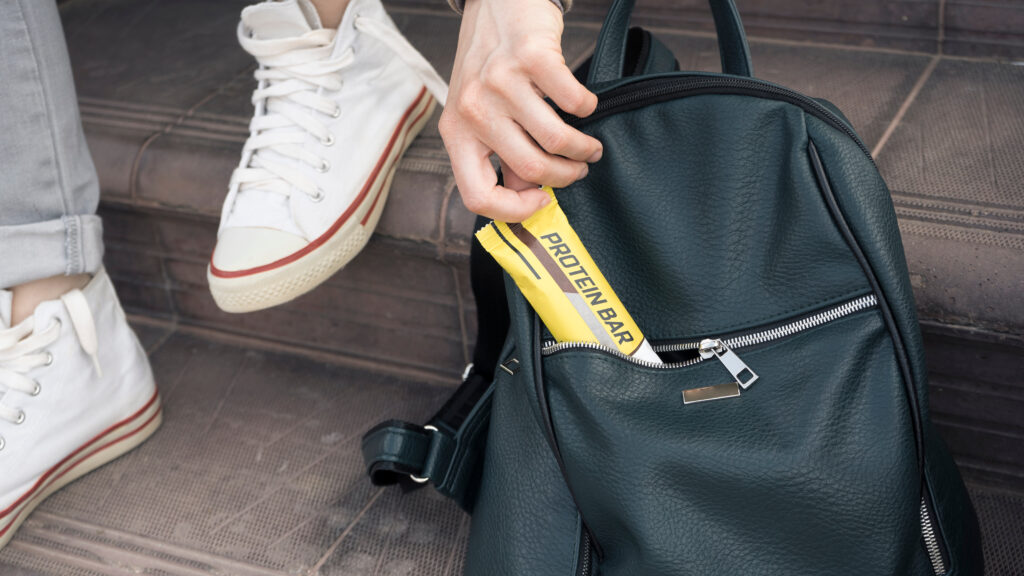
Protein bars can be a convenient and portable option for adults and teens looking to supplement their protein intake, especially for those who are active in sports or physical activities. It’s important to remember that food is always the best option and protein bars are useful when food is not available. When choosing protein bars, it’s essential to consider factors such as the ingredients, nutritional content, and taste.
NUTRITION GUIDELINES FOR COLLEGE ATHLETES

As a college athlete, proper nutrition is crucial for fueling your performance, supporting recovery, and maintaining overall health and well-being. It’s important to remember that your bodies are still developing and getting stronger. Nutrition has to be adequate to fuel you as a human, exercise, recovery and commuting to class. It’s important to pay careful attention to ensure you are fueling your body to stay healthy and prevent injuries.
5 TIPS TO build MUSCLE
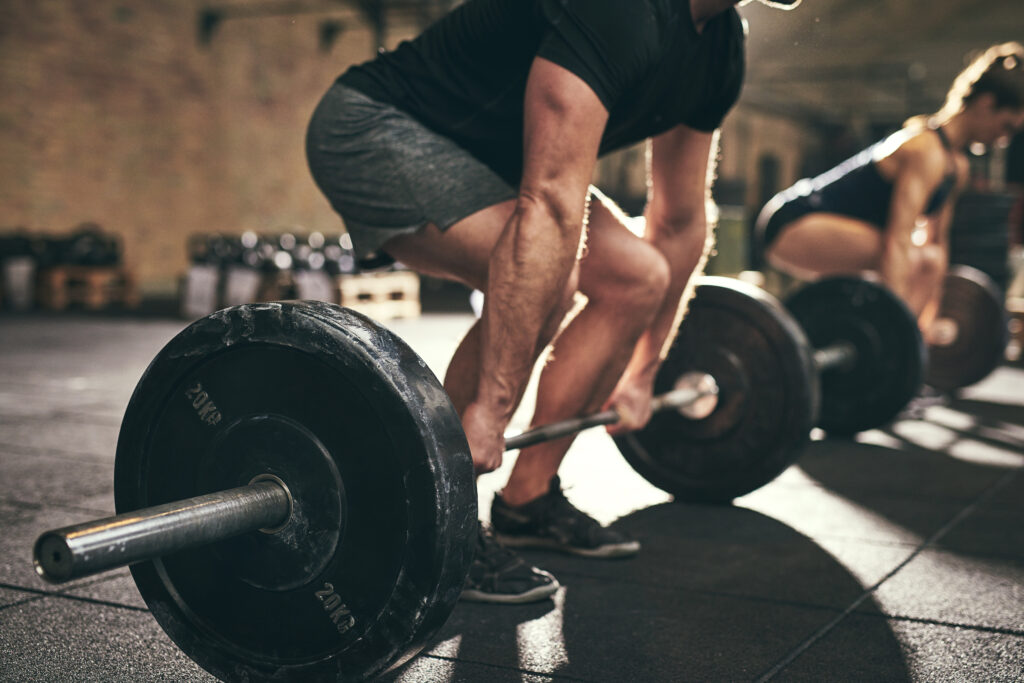
Building muscle is a process that requires strategic nutritional and workout practices. Rather than focusing on losing body fat, focus on what you can do to increase muscle growth. Here are some helpful tips that can help you achieve your muscle-building goals more effectively.